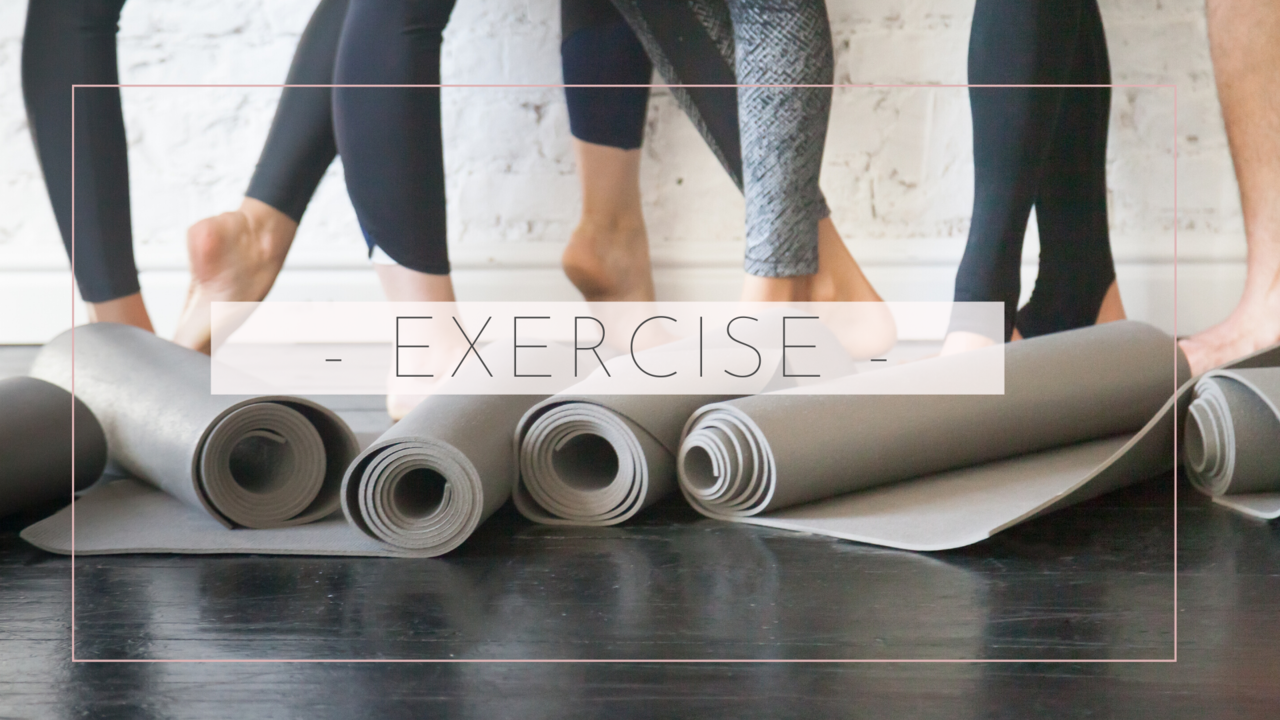Start healing diastasis recti today
Join the medically recommended program that takes you through core healing to whole body strength.
Try it now - month by month -cancel any time.

All About Diastasis Recti
How to diagnose it, what to do about it, what to exercise to avoid.
What is Diastasis Recti?
Abdominal Separation is known as DRAM, or Diastasis Recti. It refers to the stretching of the line of tissue (the linea alba) that runs down the centre of the rectus abdominis muscles (the ‘6 pack’ part of our stomachs).
It’s fairly common as the belly grows during pregnancy for this to happen, as the muscles need to slacken off in order to make room for the baby.
In fact, most pregnant women have some degree of diastasis recti in their final trimester, with over 60% reported to still have it 8 weeks post birth.
Most women think that abdominal separation is the splitting of that 6 pack muscle, the rectus abdominis.
This is really only half true - as it’s not the muscle, but the connective tissue that is in the middle – the linea alba.
This is why the mistake a lot of us (inadvertently) make is using typical ab exercises to try and heal.
We think that by working that ‘separated’ muscle, we’ll heal diastasis recti (seems logical without the right guidance or support!) But actually, working this muscle when the connective tissue is weak, makes it much worse.

"I'd always had this lingering back ache, along with a rounded lower belly, even though I was working out. I thought it was just weak abs, but after using the assessments from this program I knew I had to stop my workouts and start this core healing process -and I'm already seeing such a difference."
Ingrid, age 34, marketing director, mum of 1
What exercises should be avoided with Diastasis Recti?
- Avoid exercises that produce a ‘coning effect’ – which is a long and raised lump that runs down the centre of your stomach where the linea alba is – it can make separation worse. The coning is actually abdominal contents pushing up through the gap.
- Avoid anything that forces long, isometric holds (such as planks) or lifting really heavy loads, which can raise intra abdominal pressure and have a pushing out effect in the stomach. The best thing to do is have a look at your belly – if it’s coning – pick a different exercise.
It’s confusing post birth – most women aren’t told what to do – let alone what things to avoid.
If you are experiencing core or pelvic floor weakness, have a distended belly or back pain - these can all be related to diastasis recti.
A program that has been designed by qualified professionals is the best place to start - like our Core Healing Program -which has helped hundreds of women completely fix these issues.
Here are the 3 common types of ab exercises that widen the gap and weaken that connective tissue further:
FLEXION EXERCISES
Sit-ups, crunches, V sits, ab bicycles…. anything that causes you to flex against gravity, using the rectus abdominis, will stress the linea alba.
EXTENSION EXERCISES
This one is not as commonly known – but poses such as warrior, half-moon, upward facing dog, and lying back over an exercise ball to stretch can place too much stretch along that line, if it still lacks integrity, and weaken the connective tissue.
If you’re doing yoga while you have an unhealed separation/weak connective tissue, modify your session until you have healed.
INTRA ABDOMINAL PRESSURE EXERCISES
These are held positions under loads – such as planks, push-ups from the toes, burpees and heavy lifting such as overhead presses or barbell squats. These positions can create a bracing and pushing out effect through the torso under load – which widens the overall abdomen and creates pressure generally holding the breath.
While separation is a healing focus on exercises that bring everything together instead – using the pelvic floor and the deep core (transverse abdominis) muscles.

Once you have closed the gap if you are correcting diastasis recti, it can still take a couple of months for the connective tissue to thicken and strengthen in this fixed position.
Wait for this reinforcement to occur before leaping out and doing the exercises above again.
Remember if it’s malleable enough that corrective exercises can bring the gap together, it’s also malleable enough to be moved apart.
FACT - Connective tissue takes time to heal, it’s not a muscle.
Be patient and kind to yourself, do the work you need to, and the healing will come.

"In doing this program I closed a 3 finger diastasis recti, that was unresolved from having my first child. My skin tone improved and most of my back pain went away almost immediately. I feel really confident lifting weights now too because I know exactly what I'm doing."
Gabrielle, age 39, doctor, mum of 2
How do you diagnose Diastasis Recti?
In assessing abdominal separation you should check for 3 things:
- resting tone
- the width and depth of the separation
- function
It’s important to either get an assessment or know how to assess yourself so that you can gauge whether what you’re doing is helping or hindering your progress.
Check out the video below of our assessment of Leah, one of our beautiful participants who started with a 4 finger separation at the beginning of our program. Here she's just halfway through and already making great progress >>
For the full version of this video and other tailored assessments, join The Core & Pelvic Floor Program here >
Can you fix Diastasis Recti with exercise even years later?
The answer is absolutely YES. The key is to measure the separation, along with feeling the integrity along that linea alba (does it feel jelly like, or have some tone?).
Figure out where along the linea alba the gap is most prominent, and then do segmental rehabilitation exercises (like the ones in the Core Healing program) that progress in difficulty as the gap decreases.
If you rehab it properly before you launch into the hard core exercise (no pun intended) you will build enough intergrity to be withstand the pressure of harder exercises.
When we don’t do that, either from a lack of patience or a lack of proper support in knowing how to, it leaves an unstable sections. The body will always ‘break’ at the weakest link in the chain, which is when women get recurring pain, a distended belly, or injuries that keep coming back.

The first step in healing diastasis recti is knowing exactly how to activate your deep core and pelvic floor.
Get the free video series here - it's the essential first step in healing >


